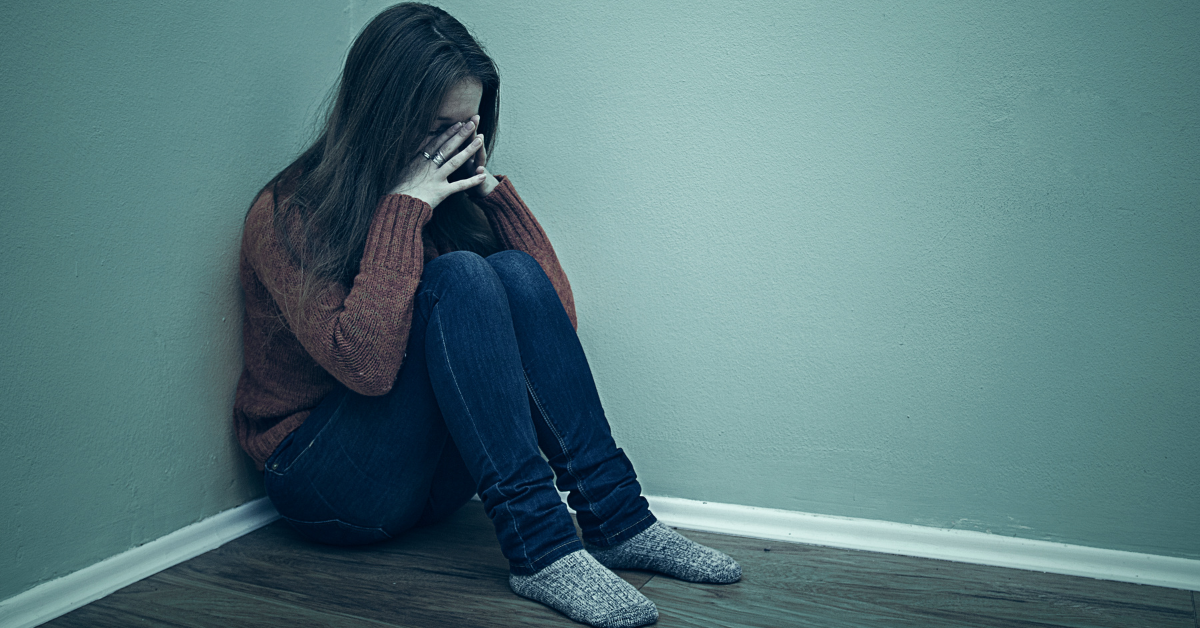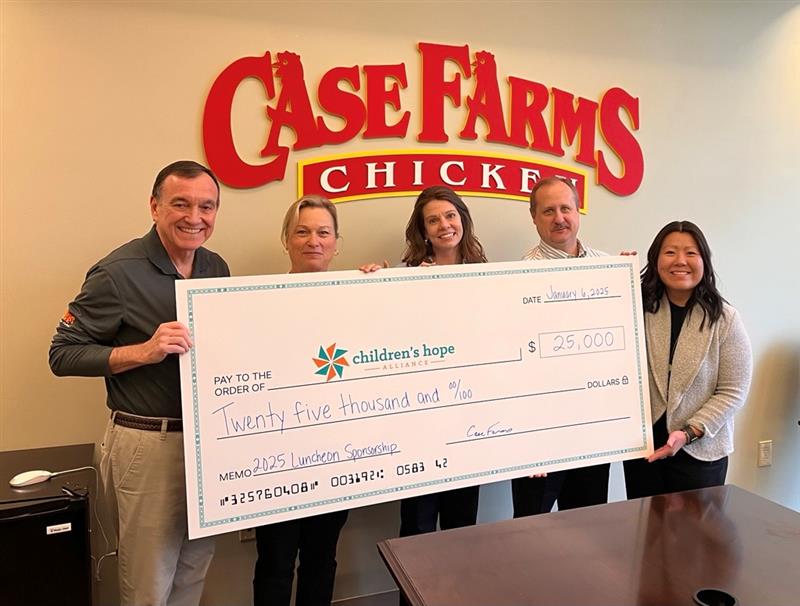According to The American Psychological Association (APA), trauma in children is pretty common. More than two-thirds of children in America will experience some sort of traumatic event by the time they reach the age of 16. For kids in foster care, that number is likely even higher.
Many children who enter the foster system have experienced some form of trauma at the hands of a parent or other trusted caregiver. They also may have experienced other forms of trauma, such as deaths in the family, online bullying, or community violence.
When kids have experienced trauma, the adults in their lives may not know how to help. However, the good news is that there are many things that you can do to help.
Professional help is essential, of course, but as a foster parent, there are many things that you can do, as well. As someone who is involved in your foster child’s life on a daily basis, you are in a unique place to make a difference.
The following tips will help you provide your foster child with the emotional support they need while they await reunification or permanent placement.
1. Become Familiar With the Effects of Trauma in Children

A common misconception is that the effects of childhood trauma are temporary and lessen as time goes by. The truth is the lasting effects of childhood trauma extend beyond the traumatic event. Many children who enter the system have experienced some form of trauma. Therefore, foster parents must learn how to identify potential signs of trauma.
Signs of Trauma
The following are signs of childhood trauma and commonly seen traumatized child behaviors:
● Intense fear of separation
● Frequent behavioral outbursts
● Change in appetite
● Insomnia
● Feelings of shame
● Trouble concentrating
● Feelings of sadness
● Self-harming behaviors
If you notice these symptoms in your foster child, you should seek professional help. If left untreated, they may develop significant self-esteem issues and find it difficult to cope as they reach adulthood. Research shows a link between traumatic events in childhood and developing mental illness later in life. This link rings particularly true in cases of emotional abuse and parental loss
2. Understand the Importance of Establishing Trust

Establishing trust is the first step you should take when caring for a child exposed to trauma. While you might not know their length of stay, you want to make sure they know your home is a place of safety and respite. There are many things you can do to help ensure a smooth transition into your home.
3. Create a Safe Space

Consider providing them with their own space that’s sensory-friendly. Research shows that one in six children experience sensory processing disorders and that these disorders are more prevalent than autism amongst school-aged children. In light of these facts, create a space for your foster child that features soft, calming colors. Make sure you place plenty of blankets and pillows in the room. You could even add some accent lights and a dimmer so they can control the brightness of the lighting. Create a calming environment they can go to whenever they feel overwhelmed.
4. Understand Emotional Triggers
Children who have experienced trauma likely have triggers that exacerbate their symptoms and cause distress. These triggers may be a smell, sound, a date, or a place. While you can avoid most of these triggers in your home, you might not be able to avoid them when you’re out in public or your child is at school. Do what you can to limit your child’s exposure to these triggers, and don’t be afraid to seek additional help or support.
5. Learn How Childhood Trauma Effects Self Image

Many children who experience childhood trauma also develop significant body image issues. Research shows a connection between childhood trauma and body dysmorphic disorder. Instead of placing blame on the abuser, many children internalize their trauma. Self-blame can cause many issues, including negative self-esteem and eating disorders. Watch out for changes in your child’s eating habits. Common symptoms of eating disorders include:
● Eating too much or too little
● Eating in secret
● Going to the bathroom immediately after finishing meals
● A significant change in body weight
● Low self-esteem and preoccupation with appearance
6. Practice Patience, Consistency, and Flexibility
Fostering a child who has experienced trauma is challenging. Understand that the healing process is different for everyone, and two children who experienced similar trauma may heal from it quite differently. Stay patient as your foster child heals from their trauma, and remain consistent with your love and support. Over time they may start to trust you and eventually open up more about their feelings and emotions.
Remain flexible and understand that behavior patterns can change over time, and new challenges may arise. As you navigate these challenges, you should seek support from trauma-informed counselors, other foster parents, and outside organizations. By creating a team of support, you receive the help you need to provide your foster child with a safe and loving environment while they heal from their emotional wounds.
7. Help Your Foster Child Identify Healing and Hurting Beliefs
When a child is traumatized, their self-talk often turns negative. They may blame themselves for what happened or feel they will never feel safe again. Negative self-talk can become ingrained as a belief, making it difficult to overcome. Continuous negative self-talk may lead to depression and other mental illnesses. Teach them the difference between hurting and healing beliefs. Help them write a list of their positive traits and uplifting statements they can read whenever negative thoughts start creeping in. This activity also empowers them with the idea that they can change their frame of mind and develop healthier self-esteem.
8. Make Sure They Are Getting Help
Post-traumatic stress disorder (PTSD) and other mental health issues are pretty common among foster children. Wondering how to help a child with PTSD or other mental health issues? Make sure they are getting the treatment that they need. Talk with their case manager if they aren’t in therapy and if they are in therapy, make sure you follow-up to ensure that they keep appointments.
Trauma-focused cognitive behavioral therapy can often be very helpful when it comes to PTSD. This specialized therapy can provide the tools they need to overcome challenges while developing healthy coping mechanisms.
Final Thoughts
By getting your foster child the help they need, becoming familiar with signs of trauma, and providing a safe and nurturing environment, you can help set them up for a bright future.






